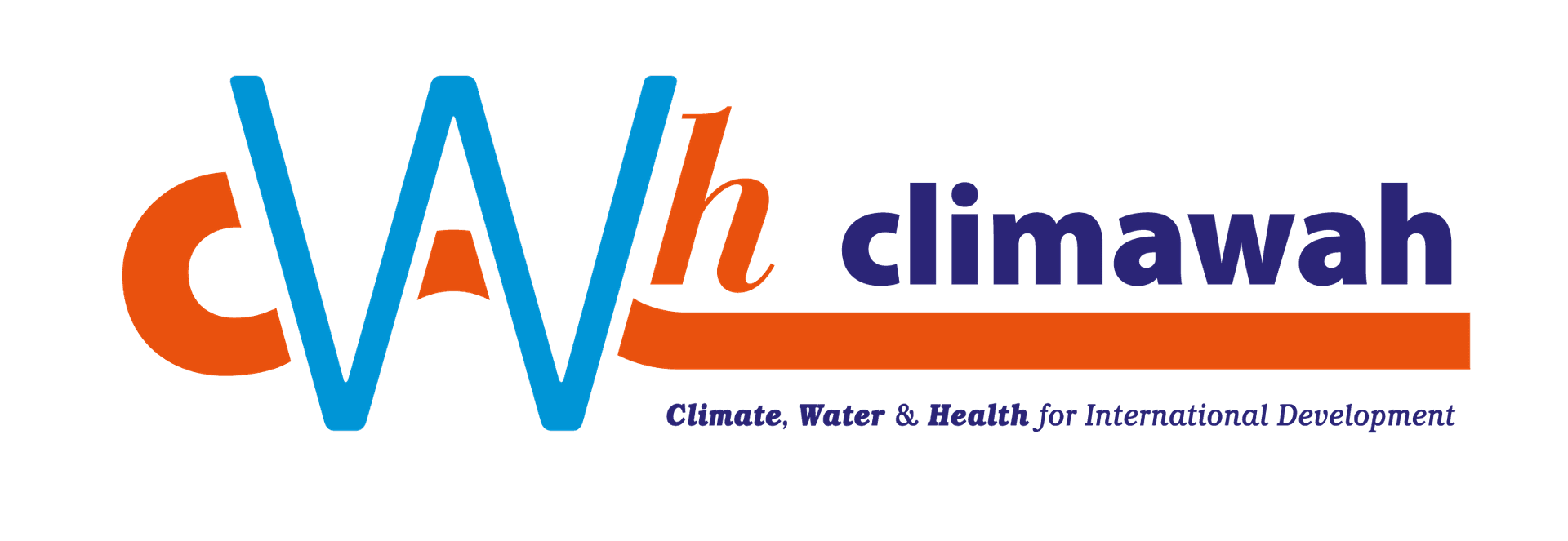Equity and Access Analysis: Promoting Fairness in Healthcare
Equity and access analysis represents a critical evolution in health economics, moving beyond traditional cost-effectiveness measures to systematically address socioeconomic and geographic disparities in healthcare. Our goal is to develop strategies that simultaneously achieve cost-effectiveness while promoting fair access and minimizing health disparities.
Understanding Health Disparities Across Populations
Current data reveals substantial disparities in healthcare access across multiple dimensions. Understanding the factors driving these disparities is essential for developing effective interventions. Some key findings include:
Racial and Ethnic Disparities:
Hispanic populations experience worse access to care than non-Hispanic White populations for 79% of access measures, while Black populations face disparities in 53% of access measures.
Socioeconomic Disparities:
People in poor households experience worse access for 79% of measures compared to high-income households. Disparities also extend to technology access, where socioeconomic status strongly predicts technology availability and healthcare utilization.
Geographic Disparities:
Rural populations face particularly severe challenges, with fewer physicians per capita and limited transportation options, contributing to shorter life expectancies.
Analytical Frameworks for Equity Assessment
We utilize several analytical frameworks to rigorously assess equity and access:
Distributional Cost-Effectiveness Analysis (DCEA)
DCEA provides a foundational framework for incorporating health equity into economic evaluations by examining how costs and health effects are distributed across different population subgroups. This approach moves beyond aggregate measures to reveal which populations bear the greatest burdens and which receive the most benefits from healthcare interventions.
The equity-efficiency impact plane serves as a key visualization tool, plotting interventions across efficiency and equity dimensions. This framework enables decision-makers to evaluate four scenarios: interventions that improve both efficiency and equity (win-win), those that improve efficiency but harm equity, those that improve equity but reduce efficiency, and those that harm both objectives.
Extended Cost-Effectiveness Analysis (ECEA)
ECEA expands traditional cost-effectiveness analysis by examining four key domains disaggregated by population subgroups: health gains, financial risk protection benefits, distributional consequences across socioeconomic strata, and total policy costs.
This approach proves particularly valuable for assessing policies that provide non-health benefits, such as preventing illness-related impoverishment and improving health distribution equality.
The framework enables calculation of financial protection incremental cost-effectiveness ratios, allowing policymakers to evaluate the efficient purchase of both financial protection and equity alongside traditional health gains.
Multi-Criteria Decision Analysis (MCDA)
MCDA addresses the complexity of healthcare decision-making by systematically evaluating multiple criteria including efficiency, equity, clinical effectiveness, and implementation feasibility.
This framework proves especially valuable when simple cost-effectiveness calculations are deemed too narrow in scope and when benefits may be intangible in the short term.
Effective MCDA implementation requires careful attention to weighting methods, with simple multiattribute rating technique (SMART) combined with swing-weighting and analytic hierarchy process methods being most feasible for resource-constrained settings.
Socioeconomic and Geographic Factors Influencing Access
Socioeconomic Status: Income disparities limit access to technology, transportation, and healthcare services. Educational differences affect health literacy and navigation of complex healthcare systems. The knowledge gap hypothesis suggests that individuals with higher socioeconomic status have greater access to and use of health information.
Geographic Location: Rural areas face provider shortages and distance and transportation barriers. Technology access varies significantly by geography, with rural communities often lacking broadband infrastructure.
Implementation Strategies for Equity-Centered Interventions
Health Equity Implementation Framework:
Provides practical guidance for incorporating equity considerations throughout implementation processes. This framework adds three critical domains to traditional implementation science: culturally relevant factors of recipients, clinical encounter dynamics, and societal context including social determinants of health.
Successful implementation requires repeated assessment of equity determinants throughout the process, ensuring that implementation strategies are continually adapted to address emerging disparities. This includes using community-informed strategies to build trust, improving cultural and structural competence, and continuously monitoring reach across population subgroups.
Structural Intervention Approaches
Evidence-based structural interventions demonstrate the most promise for addressing root causes of health disparities. These interventions share several characteristics: they address multiple levels of influence simultaneously, target common risk factors across multiple health conditions, and optimize timing and location for maximum impact. Examples include ParentCorps and the Earned Income Tax Credit.
Cost-Effectiveness Considerations in Equity Analysis
Traditional cost-effectiveness analysis faces limitations when addressing equity concerns, as it typically focuses on aggregate outcomes without considering distribution. Innovations in equity-informative cost-effectiveness analysis address these limitations through several approaches:
Equity-based weighting:
Applies different values to health outcomes based on recipient characteristics.
Distributional approaches:
Provide detailed breakdowns of costs and benefits across equity-relevant social variables while using equity weighting to analyze efficiency-equity tradeoffs.
Extended approaches:
Incorporate non-health benefits like financial risk protection and explicitly model distributional consequences across population strata.
Practical Recommendations for Implementation
Policy Development: Policymakers should establish clear mechanisms for integrating equity considerations into healthcare decision-making processes. Health System Implementation: Healthcare organizations should adopt systematic approaches to equity assessment using frameworks like DCEA or ECEA. Research and Evaluation: Research priorities should focus on developing standardized measures for equity assessment.
